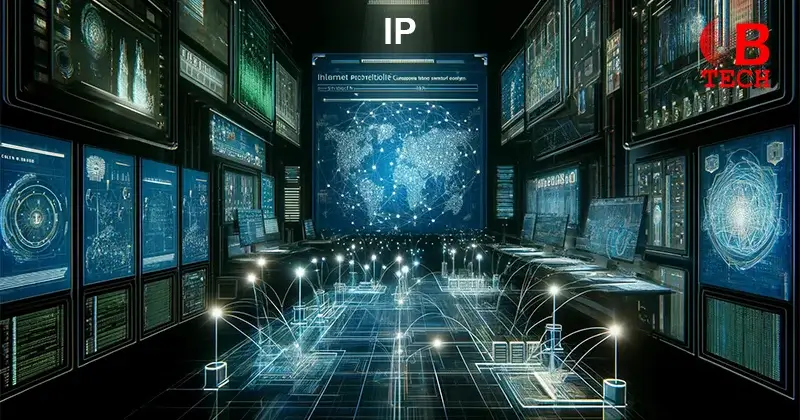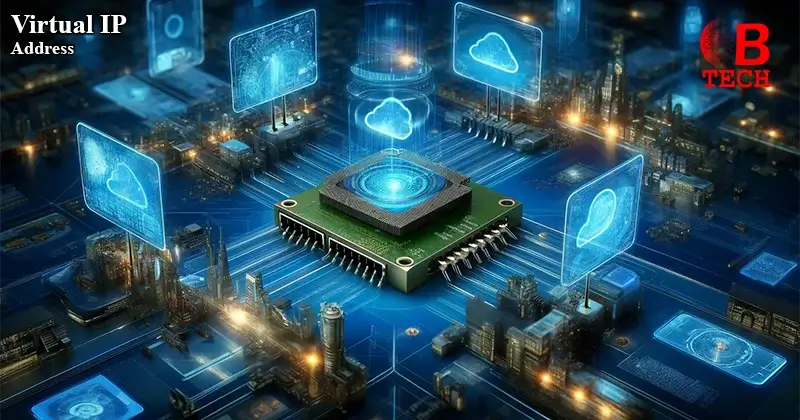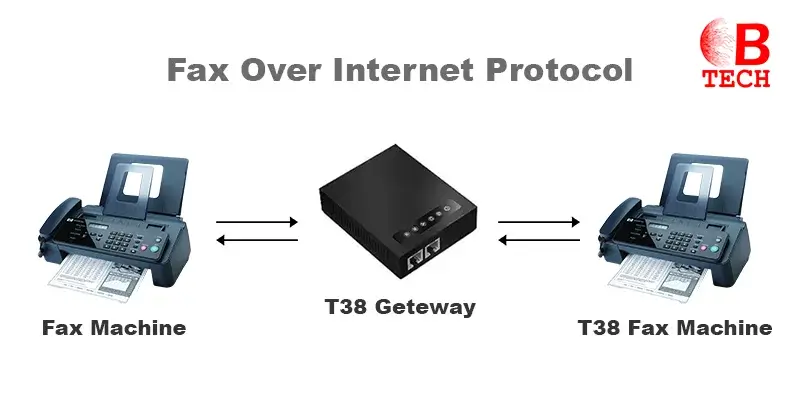What is Internet Protocol?
Internet Protocol commonly known as IP is a crucial communication protocol for sending messages between computers on the same network or across interconnected networks. It forms part of the Internet Protocol Suite, also known as TCP/IP, which consists of various digital message formats and rules.
Data Exchange Using IP
Computers exchange messages through datagrams, often referred to as data packets or simply packets. IP operates primarily within the Internet layer of the Internet Protocol Suite, which includes four abstraction layers: the link layer at the bottom, followed by the Internet layer, the transport layer and the application layer at the top.
Purpose of IP
The primary goal of Internet Protocol is to deliver datagrams from the sender (source host) to the receiver (destination host) by using their specific addresses.

This delivery involves processes such as encapsulation, where IP includes methods and structures to attach address information and other metadata tags to datagrams. Encapsulation helps in organizing and handling the data during its transit across networks.
“With the help of the underlying network protocols, DNS converts more easily remembered domain names to the numerical IP addresses required for finding and identifying computer services and devices.”
Understanding Internet Protocol Through an Analogy
Internet Protocol & the Postal System
Imagine Internet Protocol (IP) as akin to the U.S. Postal System. Just like how you address a package and send it through the postal service, IP allows you to encapsulate a datagram (a package of data) and send it into the Internet. Notably, the sender (source host) and receiver (destination host) don’t need a direct connection for the package to be sent.
Breaking Down Datagrams & Routing
Once sent, the datagram usually splits into smaller pieces. Each piece bears the address of the recipient, ensuring that, despite taking various routes and arriving at different times, all parts reach the intended destination. This decentralized routing is akin to how the postal system might route your mail through various paths to its endpoint.
Reassembling the Data
At the transportation and application layers of the Internet Protocol, analogous to the postal workers reassembling your package, the system reassembles the datagram pieces before delivering them to the receiver.
Connectionless Nature of Internet Protocol
An important feature of IP is its connectionless protocol. This means that unlike a phone call, there is no need to establish a dedicated line between the sender and receiver before data is sent. Reflecting back on the postal analogy, there’s no need for any connection between the sender and receiver’s addresses before a package is mailed.
Evolution of IP
IP was originally designed as a connectionless datagram service by Vint Cerf and Bob Kahn in 1974. Later, as the need for more structured connections arose, the Transmission Control Protocol (TCP) was developed, leading to the combined suite known as TCP/IP. While Internet Protocol version 4 (IPv4) remains the most widely used form, the newer IPv6 is increasingly adopted worldwide due to its larger addressing capacity.
Addressing & Routing Complexity
The most intricate parts of IP involve addressing and routing. Intelligence within the network exists at nodes (routers), which forward datagrams towards their final destination based on the best available routes, determined by internal or external gateway protocols. The decision-making process at these routers happens almost instantaneously, ensuring efficient data delivery across networks.
“Internet Protocol is the unsung hero of our digital age, quietly directing data like a skilled conductor, ensuring every piece of information finds its way home in the vast symphony of networks.”



